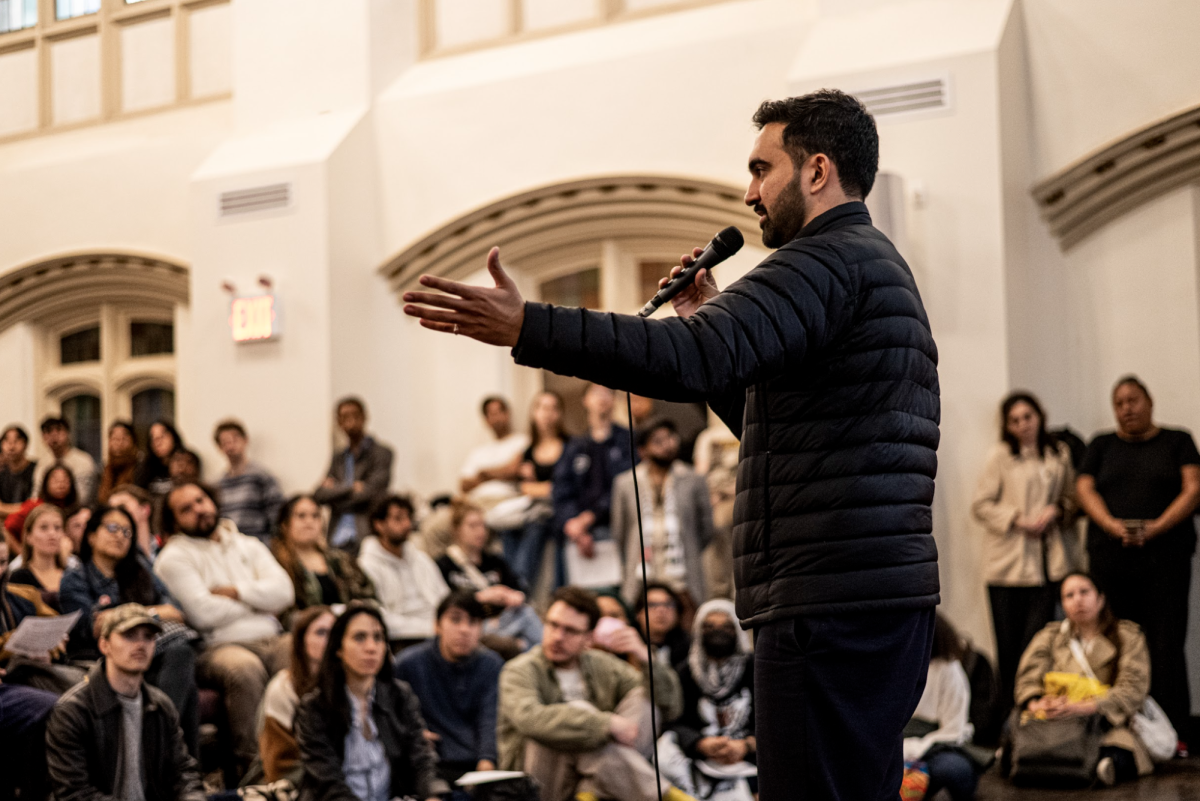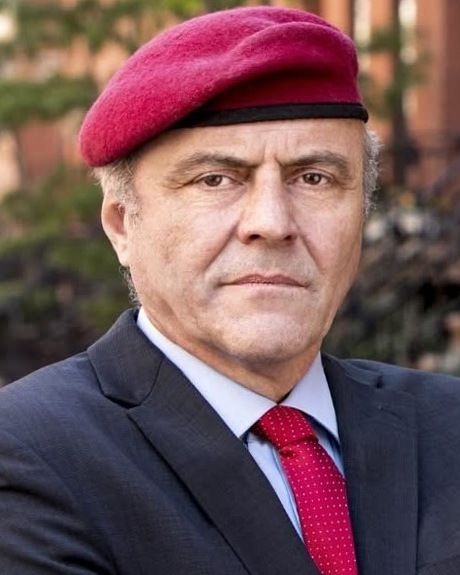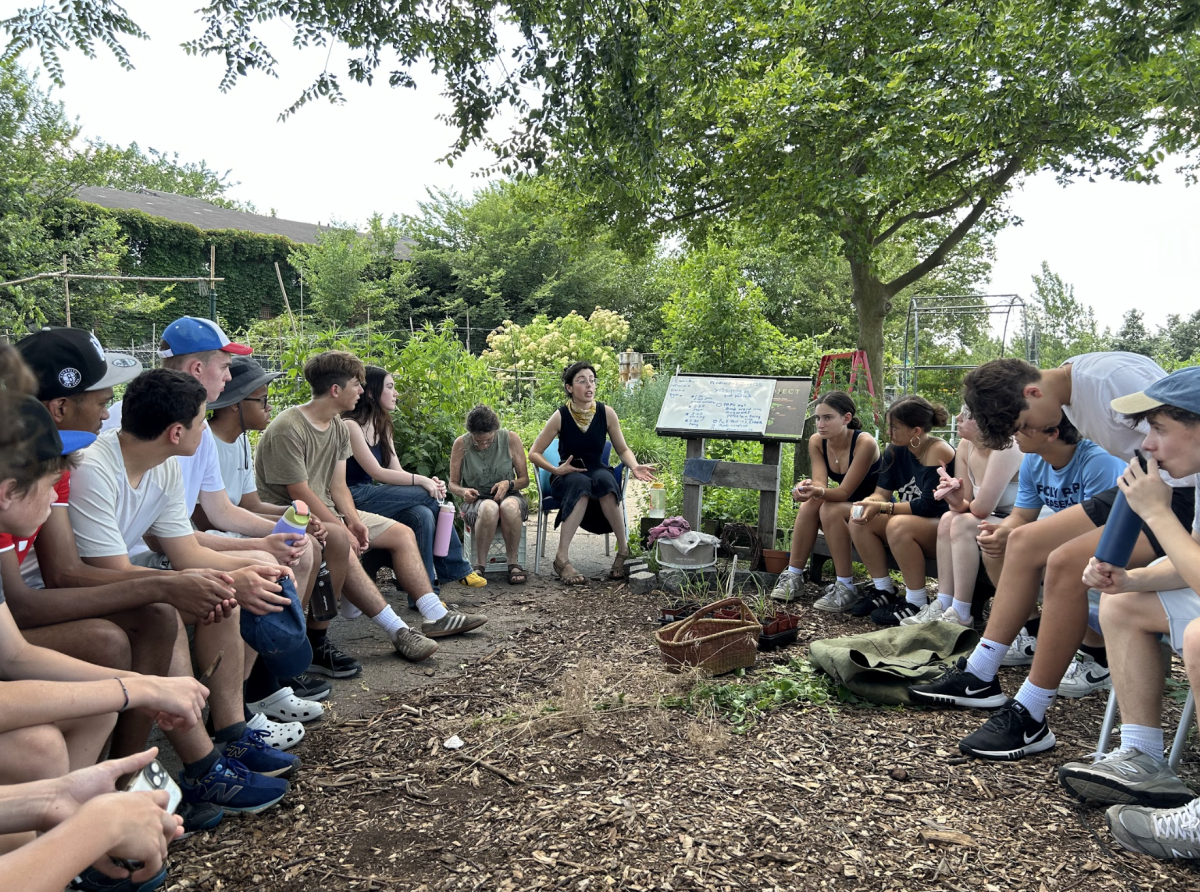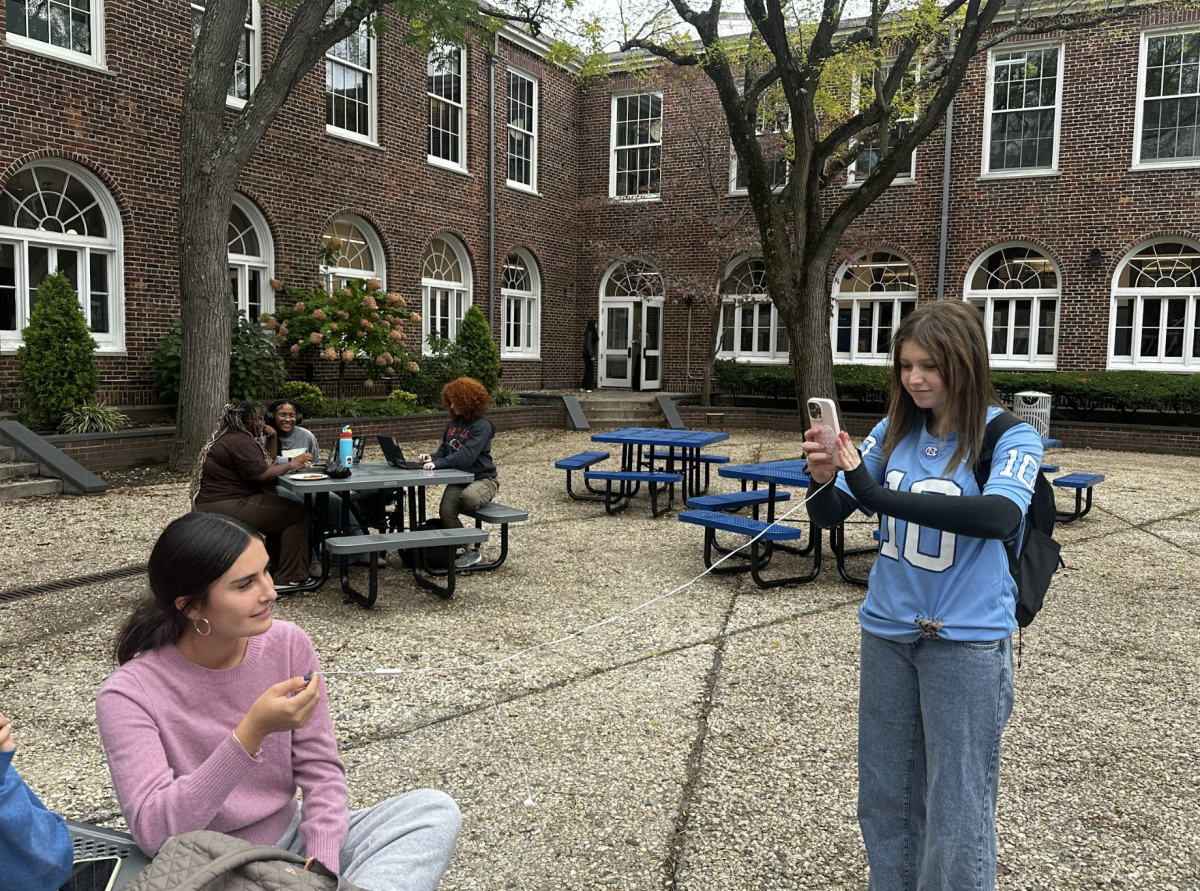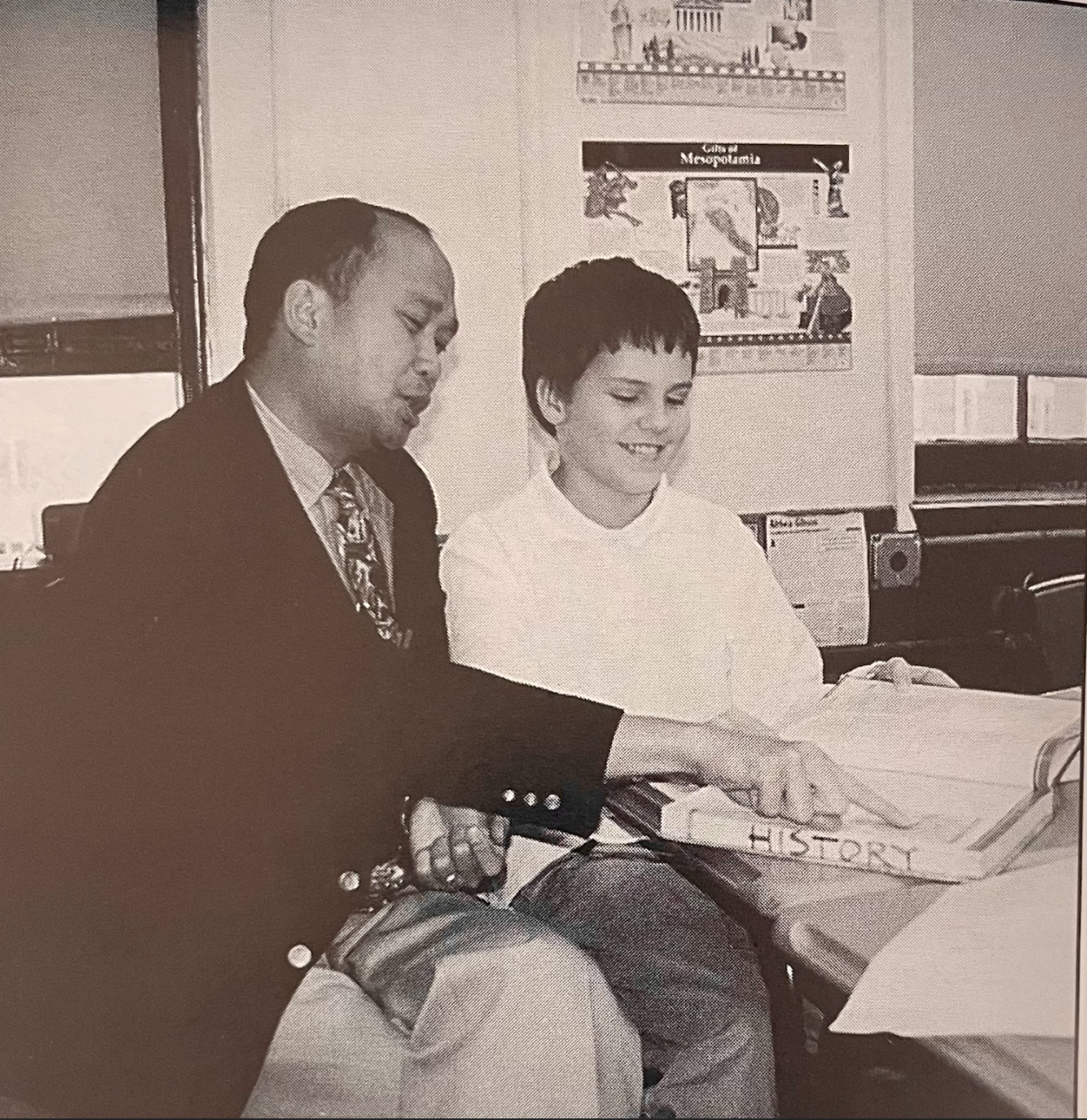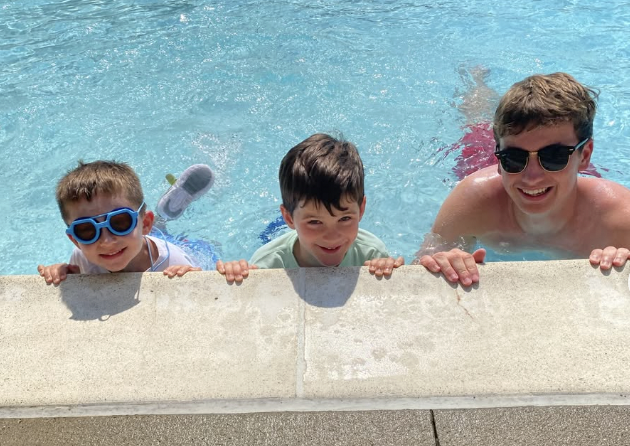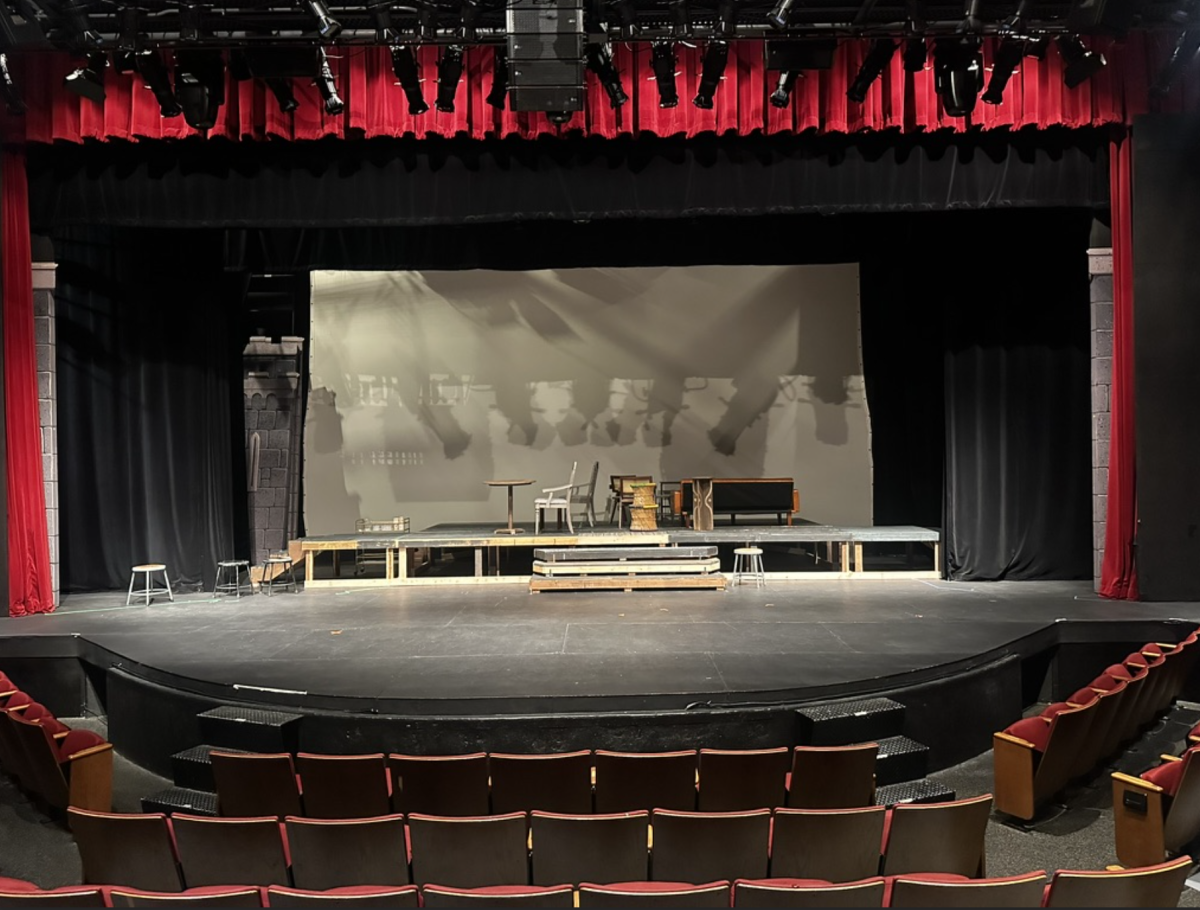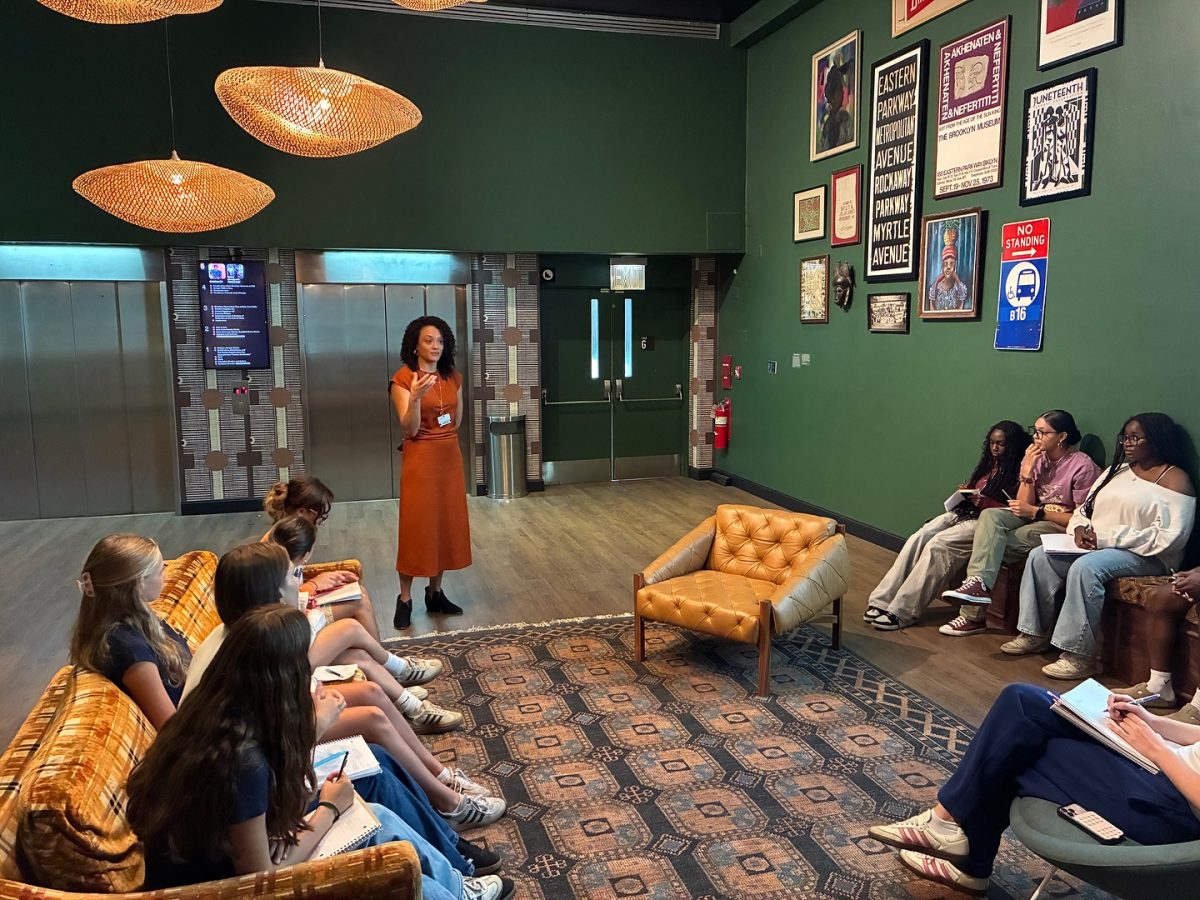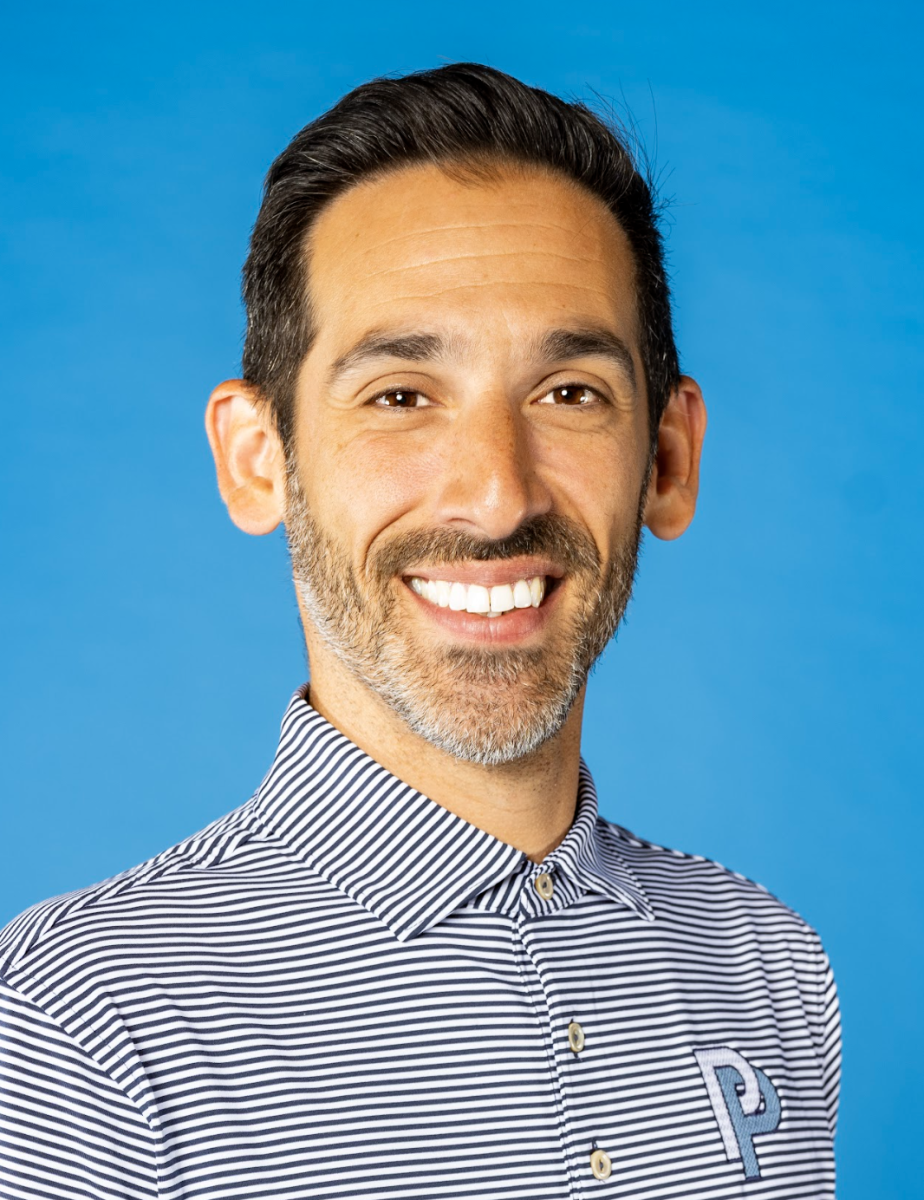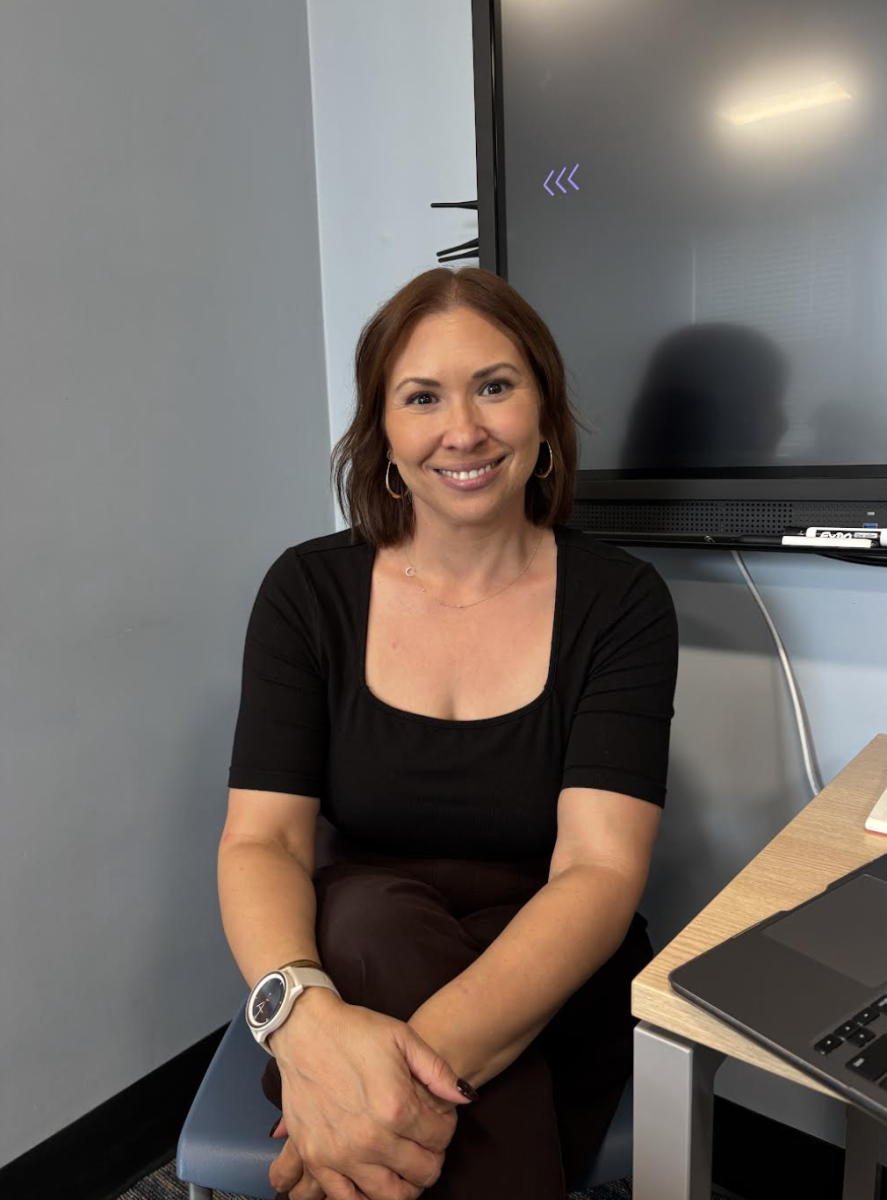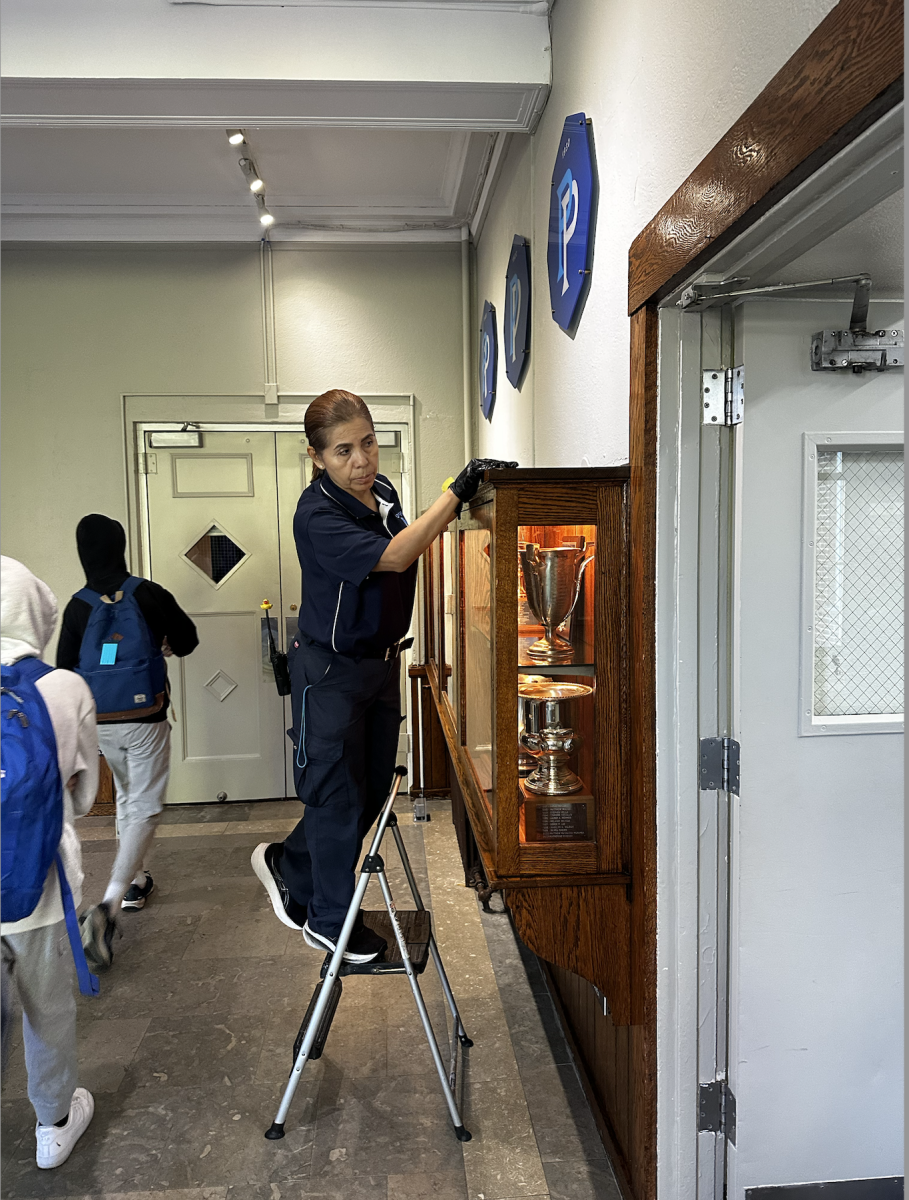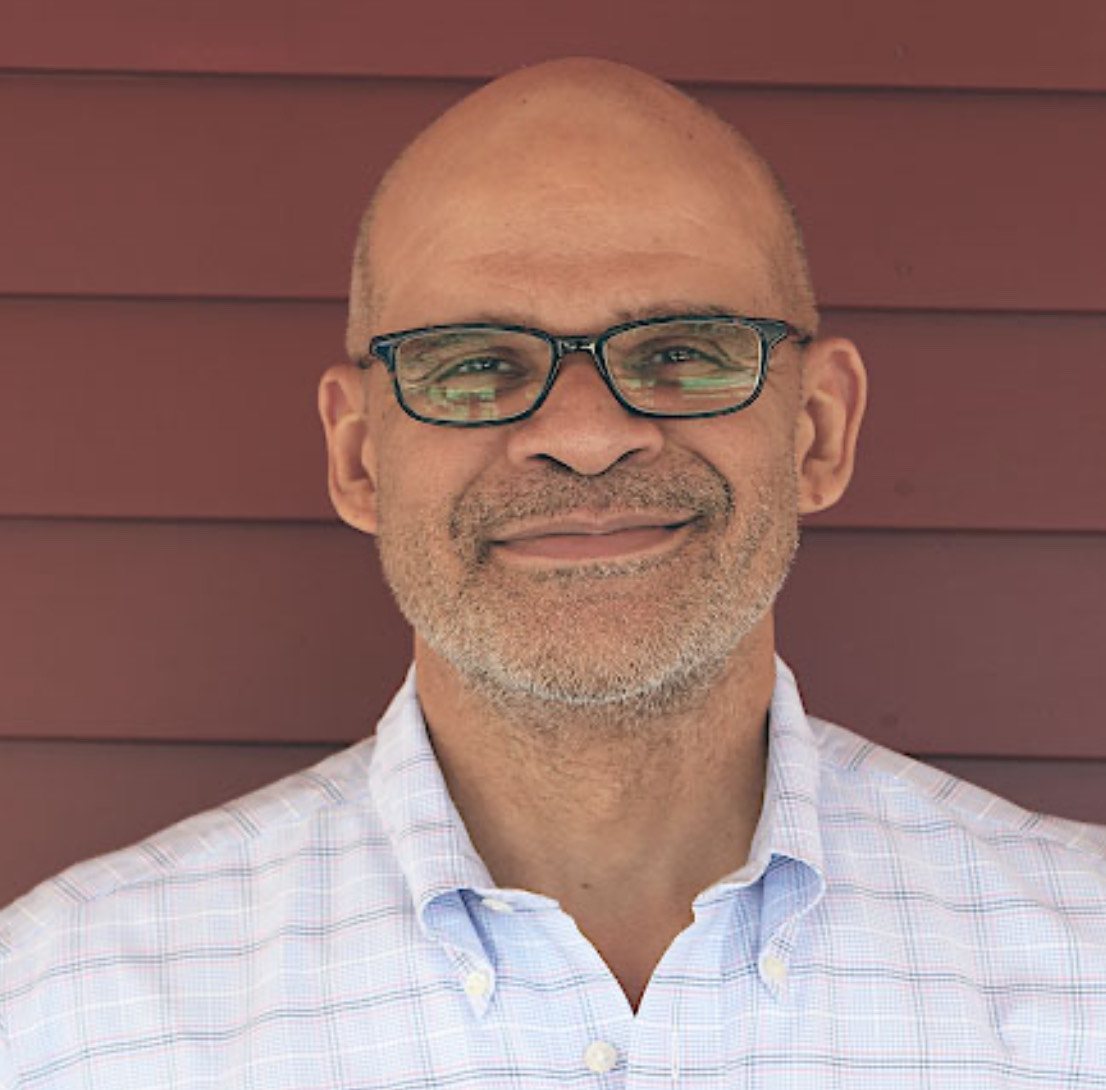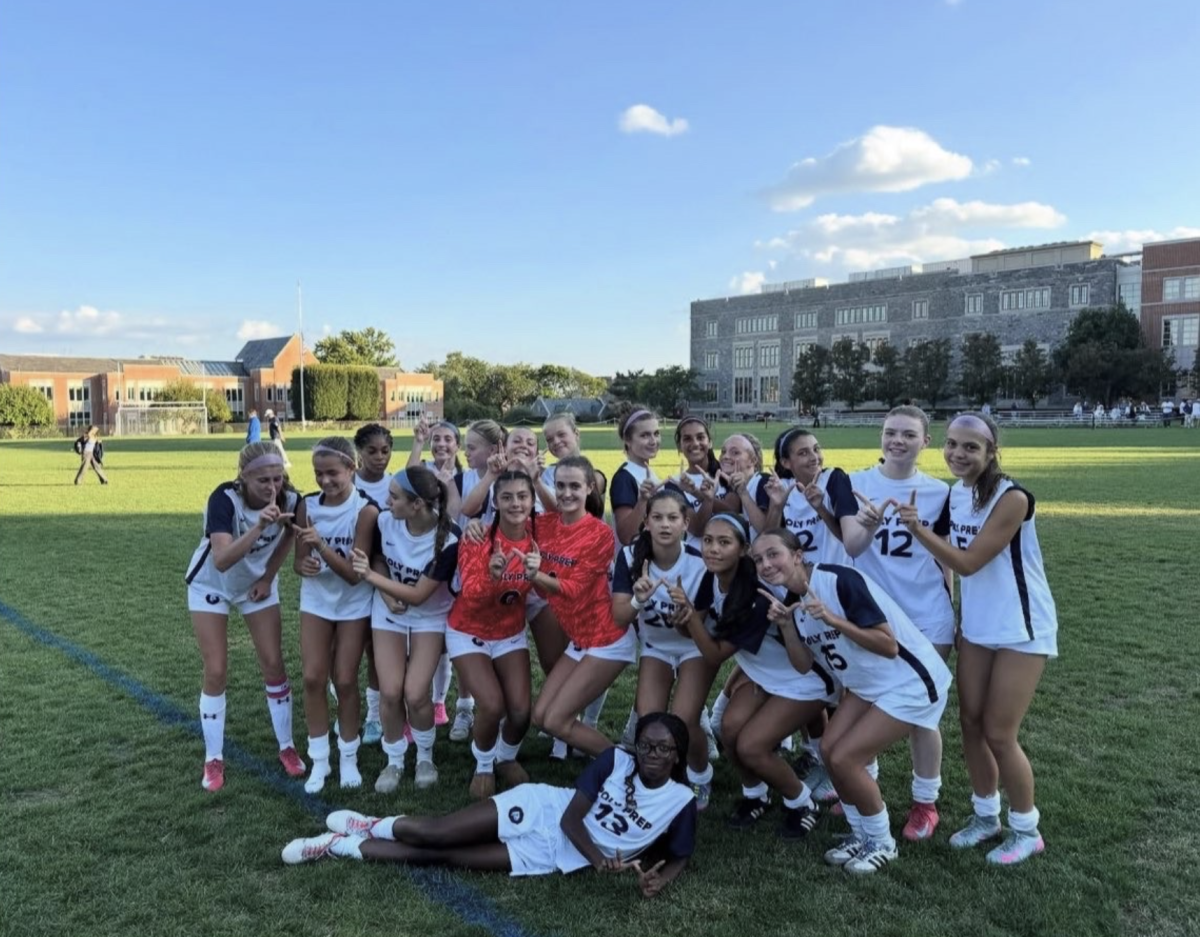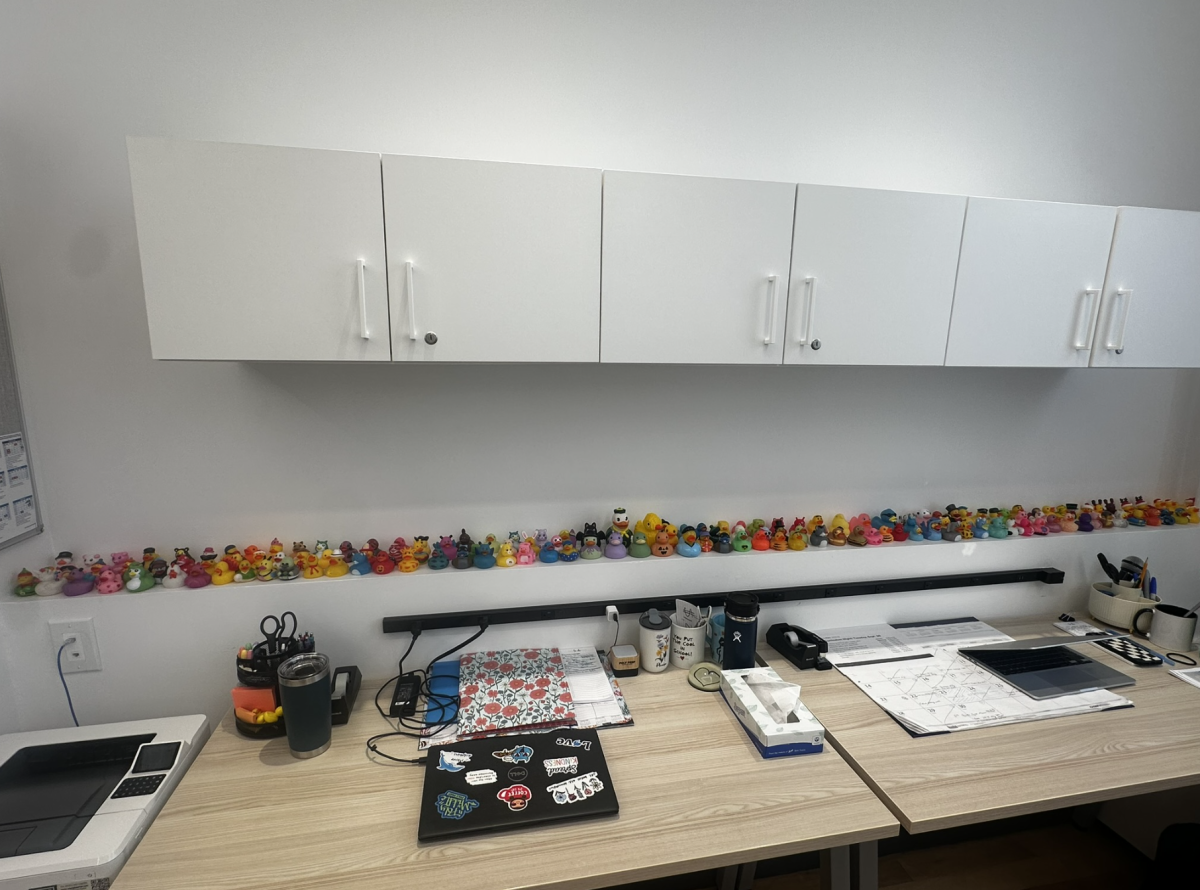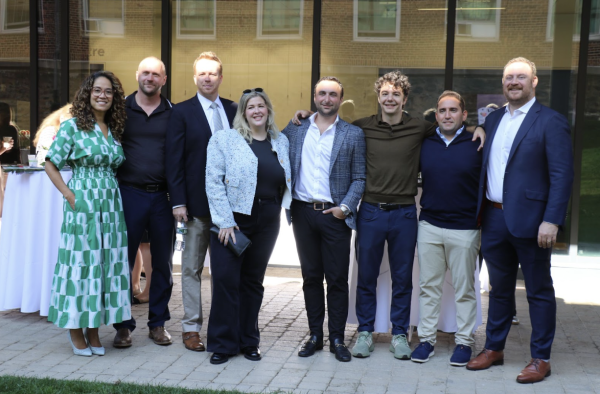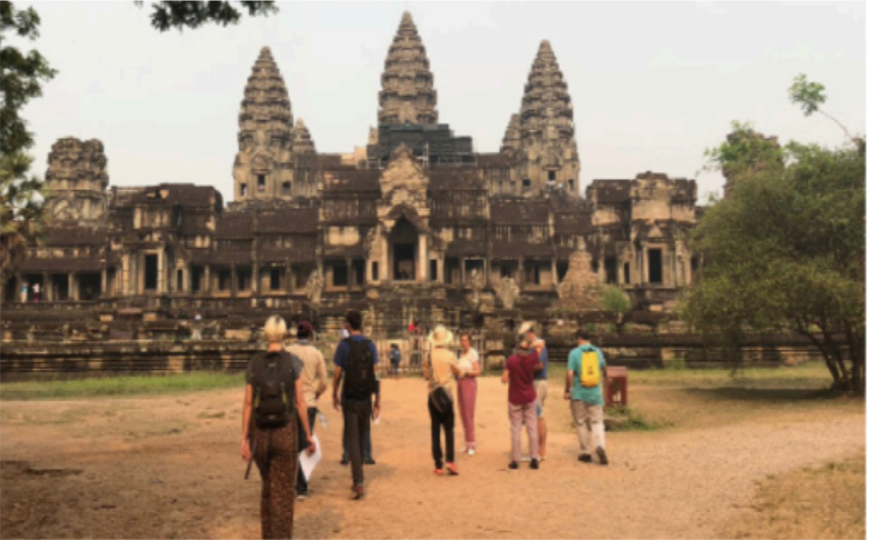Poly Forced to Abandon Sister School in Cambodia
World Assistance for Cambodia (WAfC), a nonprofit organization aiding programs at 550 rural schools in Cambodia, was forced to cease all operations in early February, affecting the lives of thousands of Cambodian children. One of these schools is named The Poly Prep Mitapeap (Friendship) School and was developed by a Poly Prep student government project begun in 2007. All operations between Poly and the school were conducted through WAfC.
In 2008, Poly’s student government raised 13,000 dollars for WAfC to build the Poly Prep Mitapeap School. WAfC provided English classes and computer training to the schools it operated in. According to history teacher Elijah Sivin, the director of service-learning, “the Cambodian government organized the actual functioning of the schools once they had been built.” WAfC may no longer supply the schools with English and computer teaching and resources; however, the state schools are still functioning under the ownership of the Cambodian government.
Poly originally connected to WAfC through the organization’s founder, Bernard Krisher. Krisher was also the founder and publisher of The Cambodia Daily, an English newspaper in Cambodia. In 2017, the Cambodian government ordered the closure of The Cambodia Daily as an independent newspaper. Before it was forced to cease operations, it was the last independent newspaper in Cambodia. (According to The Cambodia Daily’s website, it currently still operates from Washington D.C but is not affiliated with the original Cambodia Daily newspaper company that closed in 2017.) Since Krisher’s death in 2019, his daughter Deborah Krisher-Steele has overseen WAfC and been Poly’s main connection to the Mitapeap School.
History teacher Timothy Shea, the faculty advisor of the Cambodia Club, said the Cambodian government shut down WAfC because of Krisher’s role as a newspaper publisher. “The official statement is that The Cambodia Daily had not paid several million dollars in taxes and had been openly critical of the Hun Sen government. WAfC, via its relationship to Krisher and therefore The Cambodia Daily, was deemed to be too close to the news outlet. As far as I can tell, there was no single thing that WAfC did other than be connected to The Cambodia Daily,” he said.
It is unclear why the Cambodian government allowed WAfC to operate four years after The Cambodia Daily’s closure. “Something must have changed in terms of the value the Cambodia government perceived WAfC to have moving forward,” Shea wrote in an email to the Polygon, further noting that global politics played a role. Before the termination of The Cambodia Daily, Shea has been Poly’s main connection to Krisher-Steele and WAfC and has visited the Mitapeap school in person. The Polygon reached out over email, but Krisher-Steele did not reply.
The idea to create a school in Cambodia originated in 2007, from student body president Katie Giovinazzo ’08, who was inspired by a New York Times article about another American school that made a similar contribution. The proposal made by the student government was a letter to Poly’s previous head of school David Harman. The original proposal stated the following: “At the Student Government Retreat in June we decided that our major project for the year would be to raise funds to build a school in Cambodia…This is something we can create, a ‘Poly Prep School’ in Cambodia (we can name the school!), which we can continue to support and work with year after year. This gives us an opportunity to extend Poly’s mission of fostering learning, health, and above all character, to a global level.”
Since the student proposal in 2008, the Cambodia Club has served to continue Poly’s involvement in the Mitapeap school. The first of two visits to the Mitapeap School was available to high school students in 2013, as noted in the trips’ description provided to students. The description said, “This year, we are finally going to visit the Mitapeap School, spending three days working with children using dance, music, and drama to help them improve their English skills. Students will help the children create a performance piece that allows them to express their hopes and dreams for the future.”
According to Shea, the trips have been the main connections between Poly Prep and the Poly Prep Mitapeap School. “In November of 2021 was the first time the school got internet access and computer access with a computer teacher,” Shea said. He said he doesn’t know why it took so long for them to gain access. The Cambodia Club exchanged emails with the English class and teacher in the fall; however, this only lasted for a couple of months before WAfC halted operations.
The Cambodia club is still active at Poly. Student leader and senior Tasha Fonstein said, “Last Monday there was a Cambodia day for the middle school teaching them about Cambodian culture.” However, the club currently consists of only seniors, so Fonstein said the future of the club remains uncertain. “I’m worried because people at Poly already don’t know about our sister school. For it to crash and crumble is heartbreaking,” said Fonstein.

Maerose Daniels is a current Editor-in-Chief of The Polygon. After previously being News Editor and then Managing Editor, she continues to strive for transparency...



